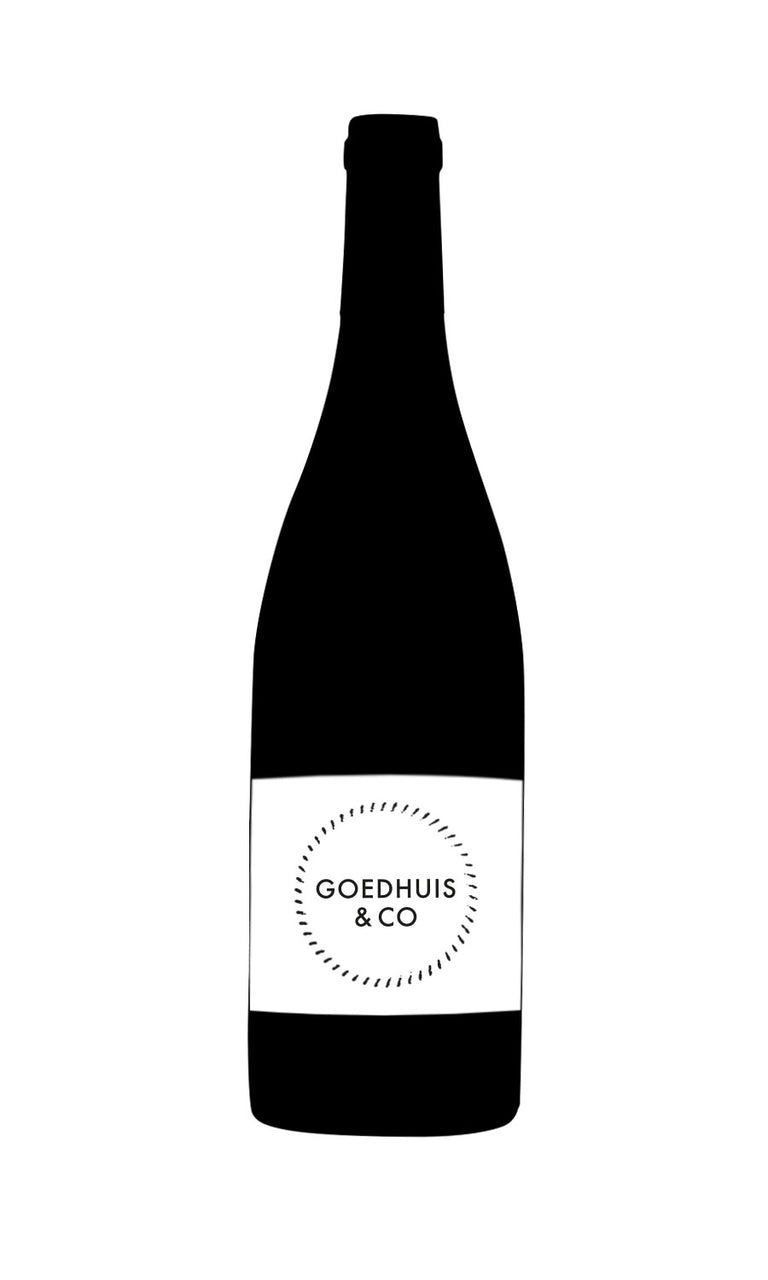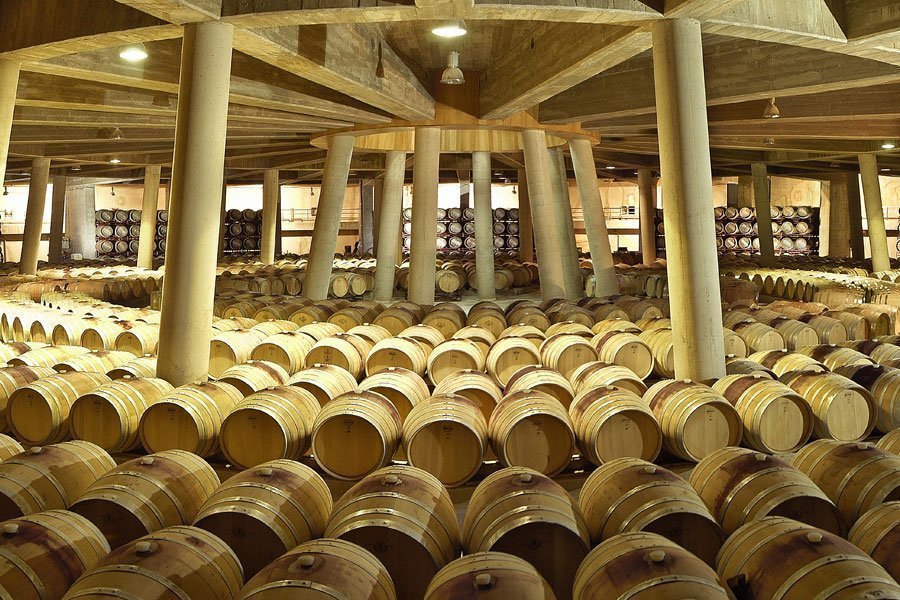
- Colour Red
- Producer CVNE
- Region Rioja
- Drinking NOW - 2040
- Case size 1x300cl
- Available Now
2004 - Imperial Rioja Gran Reserva CVNE - 1x300cl
- Colour Red
- Producer CVNE
- Region Rioja
- Drinking NOW - 2040
- Case size 1x300cl
- Available Now
Select pricing type
Need help? Call +44 (0)20 7793 7900 or email wine@goedhuiswaddesdon.com.
-
Wine Advocate, June 2010, Score: 92+
The 2004 Imperial Gran Reserva is 85% Tempranillo, 10% Graciano, and 5% Mazuelo aged in new French and American oak for 24 months. Deep crimson-colored, it gives up aromas of toast, spice box, espresso, blackberry, and plum. Medium to full-bodied, on the palate it displays a plush texture, ripe flavors, excellent volume and concentration, and a relatively forward personality. It will be approachable in 2-3 years and will offer prime drinking from 2013 to 2024.
-
Josh Raynolds, September 2012, Score: 93
Bright-rimmed ruby-red. Heady red and dark berry aromas are complicated by notes of mocha, Indian spices and vanillin oak, with a potent floral quality. Stains the palate with sweet cherry and mulberry flavors, picking up anise, cola and vanilla bean accents that build with air. Supple, sweet and expansive on the finish, which leaves smoke and cherry pastry notes behind.
Producer
CVNE
Historic Rioja house, which includes the estates of Vina Real, Contino, Imperial, and Cune. They pride themselves on incorporating Rioja's tradition and modern innovation. C.V.N.E. stands for Compania Vinicola del Norte de Espana (The Northern Spanish Wine Company). It was established in 1879 and is still run by the same family today, now in its fifth generation.
Region
Rioja
By far the best known of Spain's wine regions is Rioja, which takes its name from the rio(river) Oja, a tributary of the river Ebro. Lying in the north of the country, along the Ebro valley, the area is sheltered from rain-bearing Atlantic winds by the dramatic Sierra de Cantabria to the north and west. The hilly vineyards are interspersed with orchards, poplars and eucalyptus trees. Rioja is further divided into three sub-regions - Rioja Alta, Rioja Alavesa and Rioja Baja. The first two are best regarded, with vines planted on cool slopes with clay and limestone soils. The permitted grape varieties for Rioja are tempranillo, which is grown extensively in Rioja Alta and Alavesa and will form the backbone of all the best wines, garnacha, widespread in Rioja Baja and used to add body to the blend, and mazuelo (carignan) and graciano, both grown in miniscule proportions. The key to understanding Rioja is the technique used to mature the wine. Unlike most other areas of Europe, American oak barrels are used which give the wines their characteristic soft vanilla, almost coconuty flavour. Historically the wines were aged for periods far longer than legally required, until all the fruit character had died down and the end result was a light, tawny-coloured wine dominated by oak flavours. Although there are still supporters of this classic style, far more producers are making wines in a more modern way, allowing the dark berry fruit flavours to burst through balanced by a more judicious use of oak ageing and often opting for French oak now.



